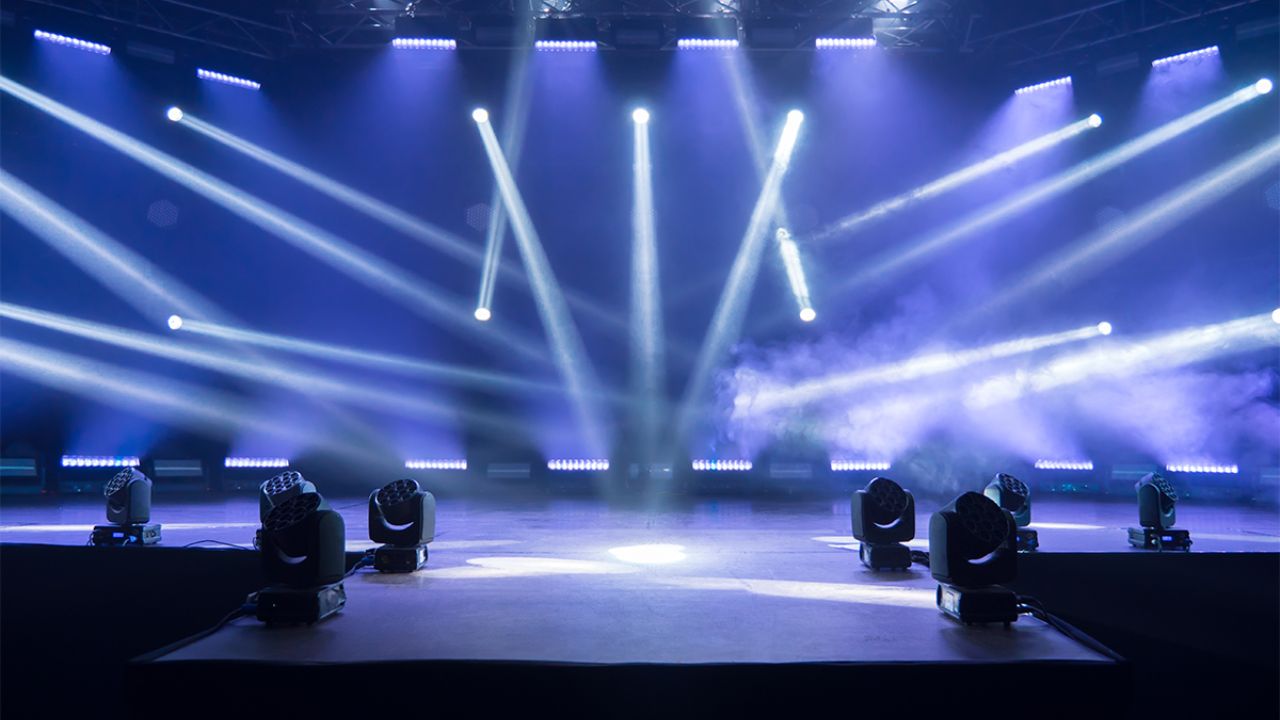Stage lighting traditionally serves theatrical performances and concerts while it helps illuminate spaces, creates mood effects, and guides audience attention. Stage lighting has expanded its utilization beyond performance venues to incorporate different non-theatrical environments throughout recent years. Creative professionals now use stage lighting to introduce dynamic energy into everyday spaces through their work in retail settings and architectural projects, as well as themed events and home decoration. Let's read more about these creative ways.
Transforming Retail Spaces
Stage lighting finds its most prominent non-performance application in retail environments. Today's stores implement theatrical lighting methods to modify customer actions while improving their merchandise presentation. Stage lighting equipment, including moving lights and spotlights with color washes, provides retailers the ability to highlight featured merchandise as atmospheric lighting creates branded environments that establish specific shopping moods. The fashion boutique implements cool blue lighting to achieve a high-end modern appearance, while the sportswear store displays bold kinetic lighting to promote energetic movement.
Retail designers discovered that product perception among customers strongly depends on lighting choices. Retailers leverage stage lighting to present their merchandise in various environmental situations and at different times of day, thus demonstrating product versatility in real-world applications. The immersive storytelling technique functions as a marketing instrument that allows customers to experience the space through their senses while spending more time in the area.
Elevating Interior and Architectural Design
Stage lighting concepts have started to appear in the work of both interior designers and architects. Modern lighting solutions featuring intelligent systems and programmable LEDs help architects highlight building features and generate mood lighting effects while altering space perception. Stage lighting equipment delivers better control than residential lighting systems because it enables users to manipulate brightness, color, temperature, and movement.
Modern buildings and homes use this control system to develop visually compelling spaces. A home theater benefits from theatrical lighting effects that duplicate movie theater ambiance, and restaurants utilize light sequences to indicate day and night service hours. The implementation of this approach enhances both visual attractiveness and operational flexibility in spaces.
Enhancing Exhibitions and Installations
Stage lighting technology surpasses traditional museum lighting by providing a more advanced system for illumination. Stage lighting technology serves curators and designers to lead visitors through their exhibits and highlight specific artifacts while creating emotional connections through display design. Theatrical lighting methods that use dimming effects, create shadows, and manipulate colors help visitors understand the exhibition's themes and historical context.
Interactive and digital installations use lighting as an interactive element that responds to visitor movement and sound and biometric information. The responsive capabilities of lighting transform static visits into dynamic experiences that dissolve boundaries between art and technology and between audience and exhibition.
Innovative Branding and Marketing Displays
Stage lighting has become crucial for brands that want to create lasting impressions during trade shows and pop-up marketing events. Companies achieve logo animation, message highlighting, and product launch theatrical effects through the combination of lighting rigs, custom light stencils, and synchronized sequences. The techniques create dual benefits of audience attraction while establishing emotional bonds that strengthen brand identity through experiential means.
Stage lighting proves most effective when used in crowded or competitive environments. Brands can create multisensory experiences through this method, which enhances both the memorability and impact of their displays.
Setting the Mood at Events and Gatherings
Stage lighting technology has expanded its application range from theatrical performances to include event planning activities. The correct implementation of lighting determines the mood for all celebrations, including weddings and corporate events with themed parties. Event organizers use programmable lights to change event moods through romantic, warm tones during dinners and then shift to vibrant, pulsating lights for the after-party.
Stage lighting stands apart because its adjustable features enable users to match different requirements. Stage lighting functions as an event planning instrument to apply customized lighting effects based on color schemes and simultaneously highlight stages or dance floors and enhance visual appeal that matches the event theme. Event organizers utilize projection mapping technology to convert walls and ceilings into interactive visual displays that deliver memorable, immersive experiences to guests.
Conclusion
Stage lighting developed from its performing arts origins to serve applications that surpass theatrical productions. The flexible nature of this medium enables designers to create extraordinary experiences from ordinary spaces through applications in retail design and architecture, as well as events, exhibitions, and branding. The evolving nature of technology is making performance and daily life merge together, which creates new possibilities for innovative solutions. Stage lighting becomes a tool for imagination when it is handled by skilled practitioners.


